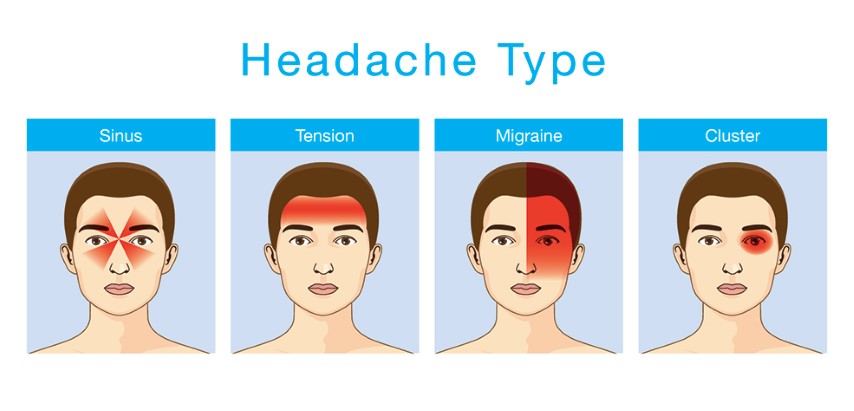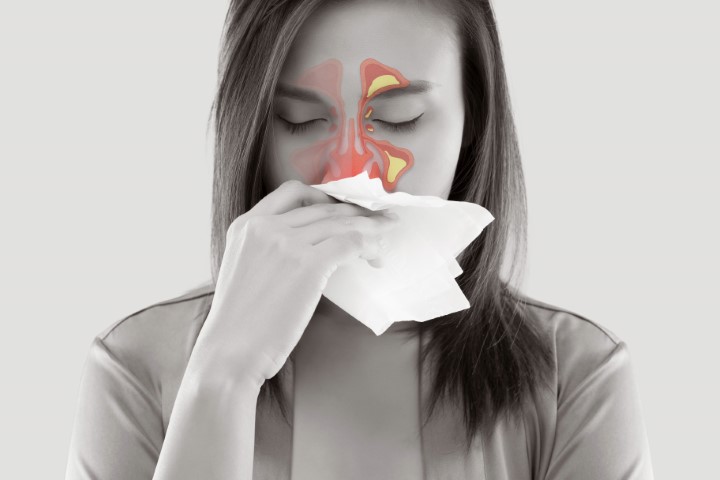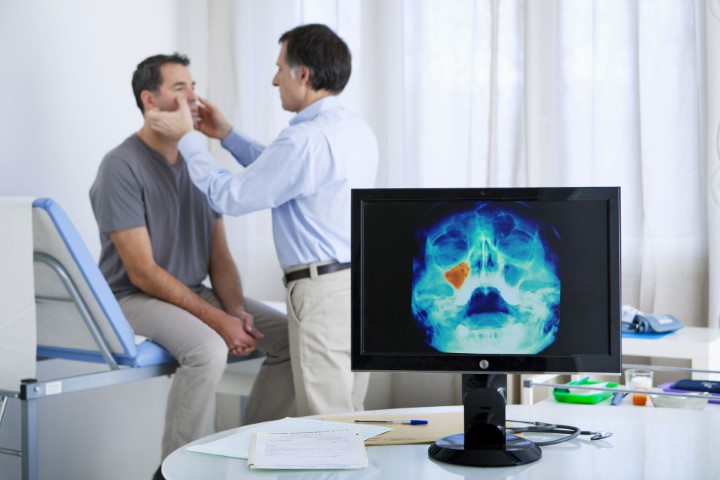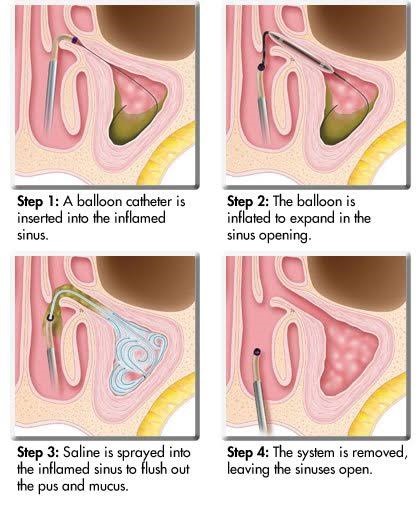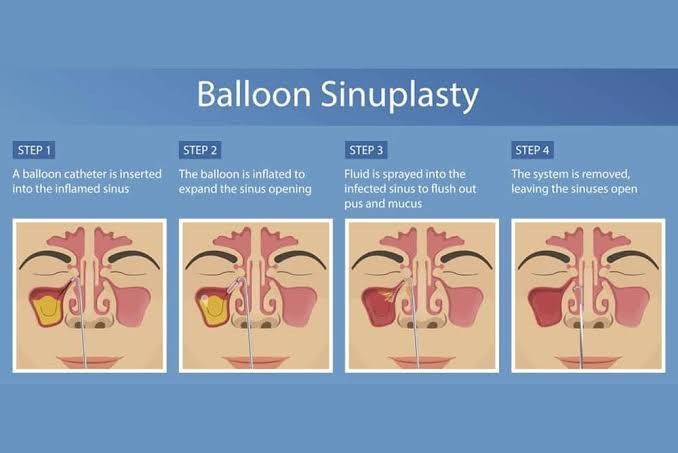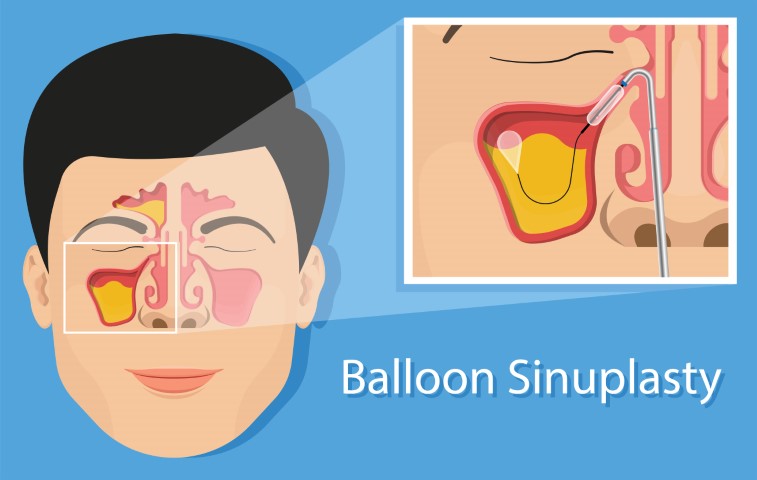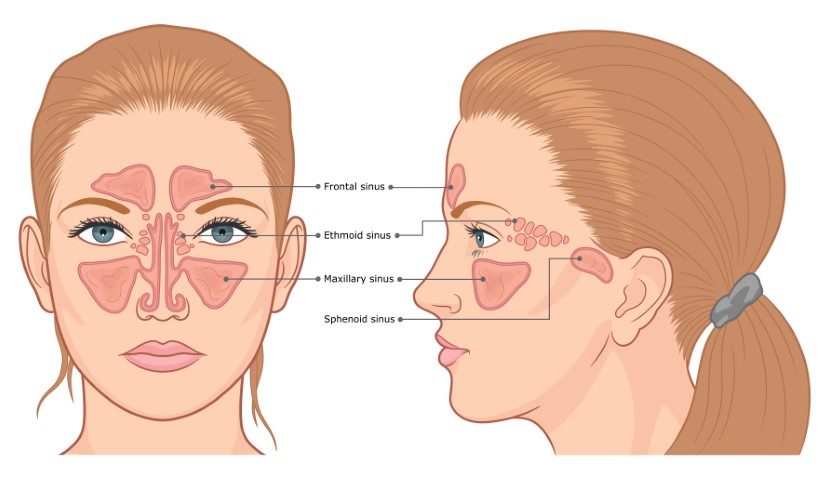Headaches are the most common health problem yet they can be complicated than most people realize. Each headache has its own set of symptoms which can happen for unique reasons and also needs to be treated differently. There are over 150 types of headaches. But let’s focus on rhinogenic headaches. It is a major health issue that is frequently encountered in clinical practice. Diagnosing a rhinogenic explanation for headache or facial pain outside of the classic definitions of chronic, acute, and subacute sinusitis is often challenging for the practicing otolaryngologist. Contact-point headaches are clinically characterized as causing facial pain secondary to abutting mucosal contact from the lateral nasal wall to the septum. Otolaryngologists see an outsized number of patients with rhinogenic headaches. The majority of patients with this condition are males aged 10-30 years.
So, what is Rhinogenic Headache?
Rhinogenic headache may be a pain within the head and face due to the intranasal contact point. These headaches have their primary pathophysiology centered in the nose with a headache or facial pain as a result of complex neurohumoral reflexes. Acute rhinosinusitis is that associated with the most common rhinogenic headache. Most cases are caused by viral infections (up to 98%), and only 2% are complicated by bacterial sinusitis. However primary care physicians often treat sinusitis as an acute bacterial infection by prescribing antibiotic therapy and hence contributing to the onset of resistance. Rhinogenic headache is often misdiagnosed as other conditions such as migraine.
Rhinogenic pain is usually unilateral, severe, located on an equivalent side and associated with rhinogenic symptoms, and nearly always amid endoscopic and CT abnormalities. Incidental CT mucosal diseases are often noted in 30% of asymptomatic patients.



The symptoms to look out for to know if you have Rhinogenic headache.
The symptoms of Rhinogenic headache can look like any other health-related issue. Symptoms may be different for each person. They might include:
- Facial pain or pressure that gets worse while leaning forward
- Nasal congestion
- Postnasal drip
- Toothache in the upper jaw
- Fever
- Cough
- Yellowish or greenish discharge from the nose
- Pain in the upper jaw
- Headache
- Deceased smell
- Ear pressure or fullness
If you notice any combination of the above symptoms visit your ENT doctor for appropriate treatment.
Diagnosis and treatment
Rhinogenic headache can often be misdiagnosed which can then lead to improper treatment thus a detailed diagnosis is needed to identify. Once the practitioner has examined you thoroughly the treatment for the same would begin. It can be treated medically as well as surgically, both treatments have significant reduction although surgical treatment has better results.
A thorough history which incorporates elicitation of nasal congestion, symptom, facial pain, pressure, dental pain, anosmia, fever, cough, fatigue, ear fullness or pressure, precipitating factors causing the headache (head movement, stress, or cold weather after which a complete nasal endoscopy and CT scan of nose and sinuses are mandatory to make a diagnosis. Whether or not any consultation to a neurologist, allergist, or TMJ specialist has been performed, and whether or not therapy by these specialists has failed to overcome their headache. Following the history, a thorough ENT is examination is necessary with palpation of the sinuses to elicit tenderness.
Once the diagnosis has been made an aggressive medical therapy is indicated. A referral to a neurologist or TMJ specialist is encouraged as well. This is when there is no evidence or history of sinus disease on an exam or CT scan and especially there are no anatomical abnormalities. The medical therapy includes steam, hot and cold compresses, antibiotics if the sinuses have been noted, saline irrigation, analgesics, treatment of the allergy problem with steroid nasal spray, antihistamines, and leukotriene inhibitors, and time.
If the medical therapy fails then a lengthy discussion must ensue before any surgical intervention. An evaluation by a neurologist and TMJ specialist must be included for a failed medical therapy. Before the surgery full discussion of risks, benefits and alternatives is needed.
Surgery can then be performed to correct any or all of the anatomical variants that are felt to be the cause of the headache. If there is indeed a septal spur, then septoplasty should be performed in whatever manner one prefers, be it endoscopic removal of the spur, submucosal resection, or the traditional Cottle approach. Concerning endoscopic sinus surgery, this too is extremely controversial, in particular, if on a CAT scan there is no evidence of sinus disease. A repeat CT is sometimes necessary since one CT is only a snapshot in time. If indeed there is evidence of sinus disease on CT, then the indications are more definite and one needs to address the sinuses that are involved. If there is no evidence of sinus disease, then one should not operate on the sinuses unless there has been evidence of rhinosinusitis on history and exam.
So if you are experiencing the symptoms don’t ignore them and visit the doctor. The sooner you treat it the better. With proper diagnosis and treatment, it will be gone for good.


